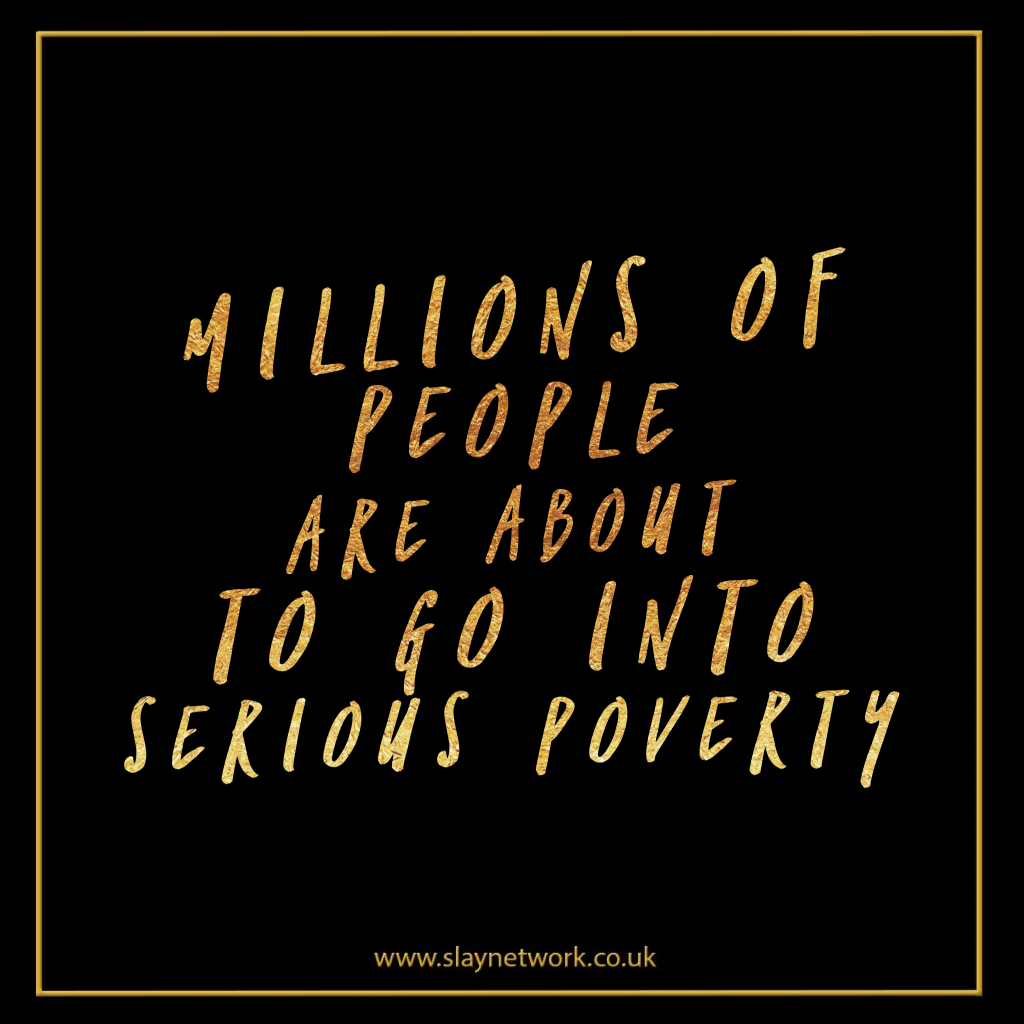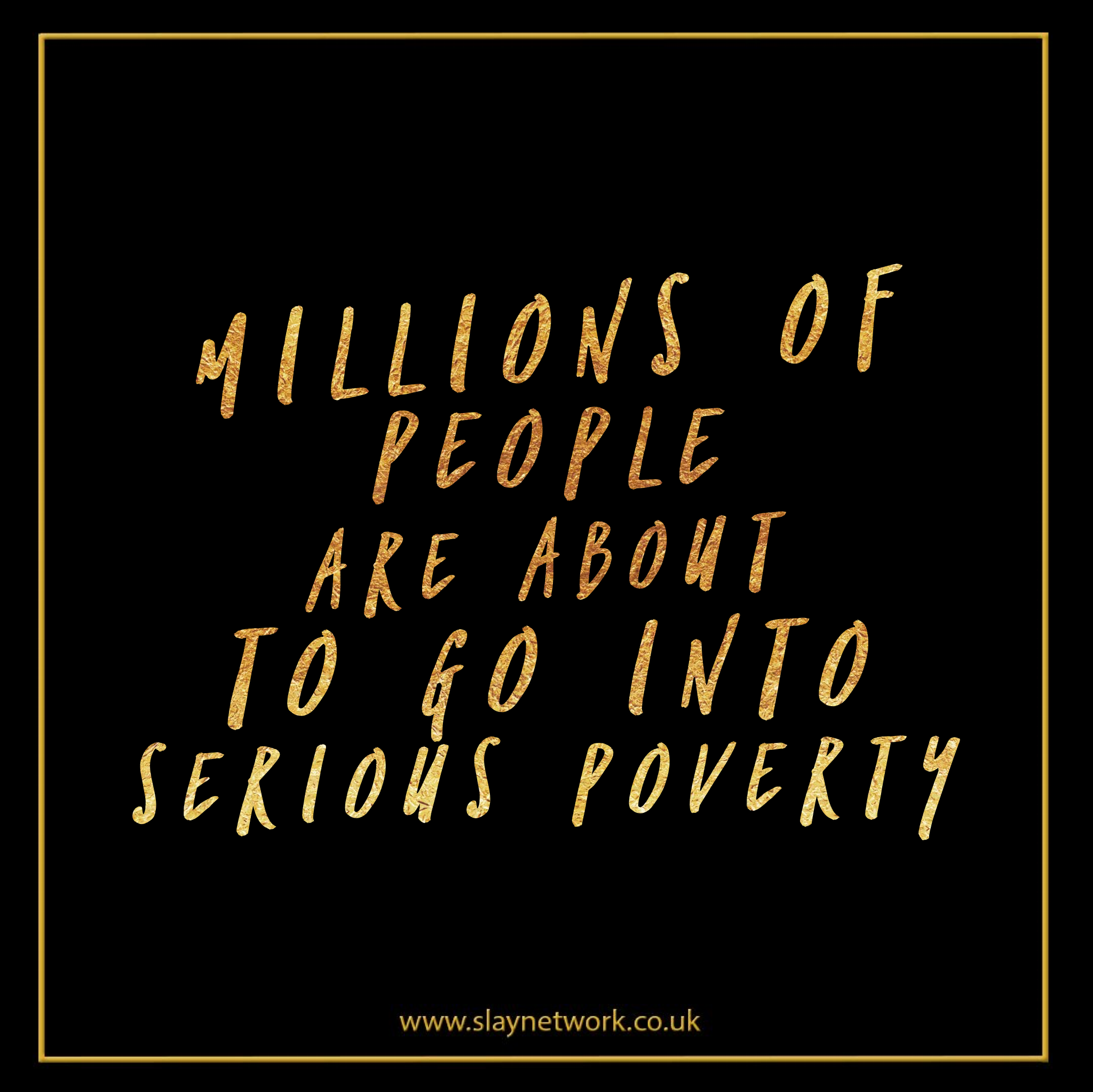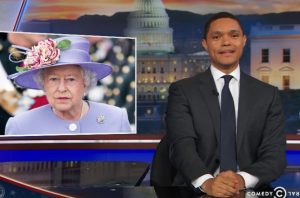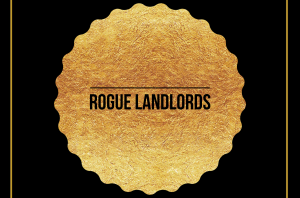
Here are two facts from today. Fact one: Coronavirus deaths in America are forecast to hit 3000 a day and remain there for weeks, while the total death toll climbs to 200,000. Two hundred thousand people. Fact two: Donald Trump plans to “reopen” the economy…now. What the? If those two facts strike you as in complete and polar opposition…you’re not wrong.
I’m weary of lockdown, like you probably are. But reopening the economy is something that must be done carefully, thoughtfully, and cautiously — not carelessly, thoughtlessly, and recklessly. Or else, disaster can all too easily be added atop catastrophe.
What kind of sense does it make to reopen the economy before the death toll has even peaked? While it’s still climbing? Won’t that just…pour fuel on the fire? It doesn’t take a genius to see that reopening the economy at such a juncture — before the disease has even slowed in any significant way — will only cause the pandemic to spread faster and further, infecting more people, causing more deaths, and igniting subsequent waves and peaks.
Bang! You’ve now made both problems worse. Public health, and the economy. By trying to bully and force a whole society back to work…you’re going to cause the very depression you’re trying to avert…and add a historic, gigantic public health tragedy to it, too. You’ve created the worst of all worlds.
Let’s take those one by one.
Forcing people back to work means you’ve now set of a chain reaction which exceeds the current worst forecasts in terms of public health, as infection spreads, illness mounts, and deaths reach new heights. That 200,000 prediction? Now it looks like a daydream. Reopening the economy now means obviously that the total toll estimated so far is also going to be far too low. By how much? Nobody knows. Maybe by double, triple, or even an order of magnitude. Reopen the economy now, and the currently projected rate of 3000 deaths a day is going to look like a distant, happy fairy tale. Try 5000, 6000, or more. You’ve created the kind of tragedy that defines an age. And it was largely needless.
But — if you can — try to ignore all that for a second. And let’s get down to the ugly brass tacks of economics. Think forcing people back to works solves the problem of “reopening an economy”? Think again.
What are people likely to do when mass death is occurring?
Sure, on the one hand, you’ve forced them back to work, by denying them any kind of unemployment insurance. Not only that, the stimulus you offered only supported businesses and households for one week — so people, at least some of them, are desperate to get back to work, because 80% of Americans live at the edge, paycheck to paycheck. And the consequences of missing a bill or three can be especially ruinous in American life. Sorry, there goes your house, car, oven. So sorry, you don’t have “credit” again — but nobody earns enough, really, to make ends meet without it. Wham! You’re done. Feeling the threat of that, maybe you even turn into one of those mentally deranged “lockdown liberation” protestors.
But who’s going to go to the shops? The malls? The high streets and town squares? The bars and restaurants? When mass death isn’t just unfolding — but accelerating? You can force people back to work, like modern day wage slaves. But you can’t force people to spend, invest, buy again. That is the crucial flaw here.
Really imagine it for a second. There’s some average guy. He’s been forced back into work. He even breathes a kind of sigh of relief — he needs to put food on the table, and if his health is at risk, well, that’s what a real man does. So off he goes. After work, he’d grab a few beers with his friends, maybe buy a present for his wife and kids. How much of that is he going to do now? Maybe if he’s one of the hardcore crazy 25%, he’ll still hit the bar. But if he’s even a tiny bit sane…he’s going to go straight home…have a long shower…and try to get the virus off him. After having spent a long day manning an empty hotel, shop, store, mall.
Do you see the problem yet? Not solving the problem of public health has economic consequences, too. It is going to cause a massive decline in what’s called the “propensity to consume.” In footfall. In spending, buying, investment. People lose optimism. Can you see the shops and restaurants and bars and hotels full again — just because Trump pronounces the economy’s “open”? Of course not. They’ll be open, sure — but they’ll be phantom entities. People will stay home out of fear, caution, and worry — which is perfectly justifiable, because opening everything up again too soon is what’s causing the death toll to spike.
You’ve created a kind of self-defeating system, trying to bully a whole economy back into line. It can’t be done. Instead, b y doing that, you’ve caused a widespread loss of optimism, faith, and confidence in it. Just think of all those ghost businesses, operating on empty.
That is the key ingredient for a depression, as Keynes pointed out about a century ago. As people spend less, out of hesitation, fear, caution, businesses go bankrupt. They lay people off. Laid off people spend even less. The vicious cycle of depression erupts.
Sure — there always the hardcore fringe of lunatics. Like I said, maybe 25% of people will still venture out. So what? Most businesses exist at the edge, just like most Americans do. Lose 10% of a customer base? You’re in trouble. So what happens if half your customers stop coming in, even though you’ve been forced to reopen, out of caution?
Bang! This time, you go bankrupt for real. But because the economy’s now “open,” presumably, you don’t get any protection, guarantee, investment. Nope — since the economy’s “open,” your business going under is your fault. There’s no scheme or program you can apply to for help. You take the hit. Maybe you spend three to five years — that’s the average, by the way — in bankruptcy, trying to liquidate all that debt and those assets. Are you ever going to start a business again? Is it worth it? But if you don’t, hasn’t the problem of depression just been made…worse?
So by attempting to force people back to work in the middle of a pandemic…you’ve literally solved nothing. Sure, you might have ticked the unemployment rate down for a little while. But only at the price of a long-term depression. Because as people give up on spending and investing, staying home in suspicion, caution, fear, then businesses will close, and unemployment will skyrocket again — only this time, harder, more permanently. Letting the disease rampage through the nation while you force people back to work…solves nothing. It only makes the problems of both public health and economic depression worse.
A cynic might even say: “the economy’s open!” is a way not to offer people or business support when they need it most.
The Trump administration’s response to Coronavirus is a death sentence. For hundreds of thousands of Americans. And for the economy, too. Let’s take each of those one by one.
Now. It’s true that there’s a trade-off between these two elements — public health and economic growth. But that’s not the full picture. They’re also interdependent. We can have an economy like America’s — where public health suffers when the economy grows, as suicide and disease and depression skyrocket, living shorter lives, as was true even before the pandemic. Or we can have an economy like, say, much of Europe’s — where public health and economic growth aren’t at odds: when the economy grows, people end up healthier and saner and closer over the long term, living longer lives.
If you understand that complex, nuanced relationship, then how to think about the future should become much clearer.
In a moment like this, the first goal of any sane policy should be to minimize the immediate tradeoff between public health — lost lives — and economic damage. The second goal should be to build, permanently, an economy where growth doesn’t come at the expense of public health, as it did in America long before the pandemic hit — which is also why America was especially vulnerable to the pandemic in the first place.
As fast and as hard as possible. If that’s done, then we save two things in one fell swoop: lives and the economy. It’s true that there’s a tradeoff between these two elements. But it’s not true that such a tradeoff is set in stone. And it’s not even true that such a tradeoff is the same across countries — just as it’s long been different between Europe and America.
How can such a tradeoff be changed, in the short term? There are three ways. One, guarantee personal and business incomes, especially for small and medium-sized businesses. The UK did the former — about 25% of the population’s incomes are currently being paid by the government — and Denmark, among others, did the latter. Two, freeze debt payments — all of them, from credit card debt, to mortgages. Italy did the latter. And three, give people a form of basic income — unconditionally.
Do all that, and you’ve erased the tradeoff, by a very long way. People don’t have to trade their lives for the economy’s growth. What you’ve done is effectively put the economy in suspended animation — and it has a good chance of bouncing back to full health, as health recovers, and the pandemic subsides, too.
If you can do all that, then you’ve prevented the vicious cycle of depression described above from erupting. People don’t have to “go back to work” in a way that spreads the virus faster, spiking the death toll, thus depressing consumption and investment, cratering optimism, and causing a depression anyways. Instead, an economy can ride it out, maybe still anxious about the short-term — but retaining that long-term confidence it needs to really prosper. You’ve minimized the trade-off between public health and economic growth by guaranteeing both.
And in the long-term, that is exactly the kind of economy we should want. Nobody should want an economy like America’s, where growth comes at the expense of life expectancy, health, and happiness, every single year. That kind of “growth” is an illusion. Predatory, it’s only really self-destruction by any other name. What we should want is an economy where growth and public health march hand in hand — where as the economy grows, people live longer, healthier, happier, saner lives.
The way to do that, of course, is to treat healthcare as a basic right, which everyone in society is provided, and therefore becomes a matter of social investment, a real public good. During pandemics like this we see clearly the power of public goods. Countries like Germany, with spare capacity in hospital beds, see vastly lower death tolls, whereas countries like America, where healthcare was unobtainable to begin with, see especially horrific. ones.
America’s response to Coronavirus has been a shambles and a disgrace. First, its government did nothing. Then, it did nothing some more. Then, it offered people one week of support. Now, it’s forcing people back to work, to reopen the economy — not understanding that doing so is how to trigger a depression, not avoid one, and how to create a massive, historic public health tragedy, too.
Umair
May 2020





